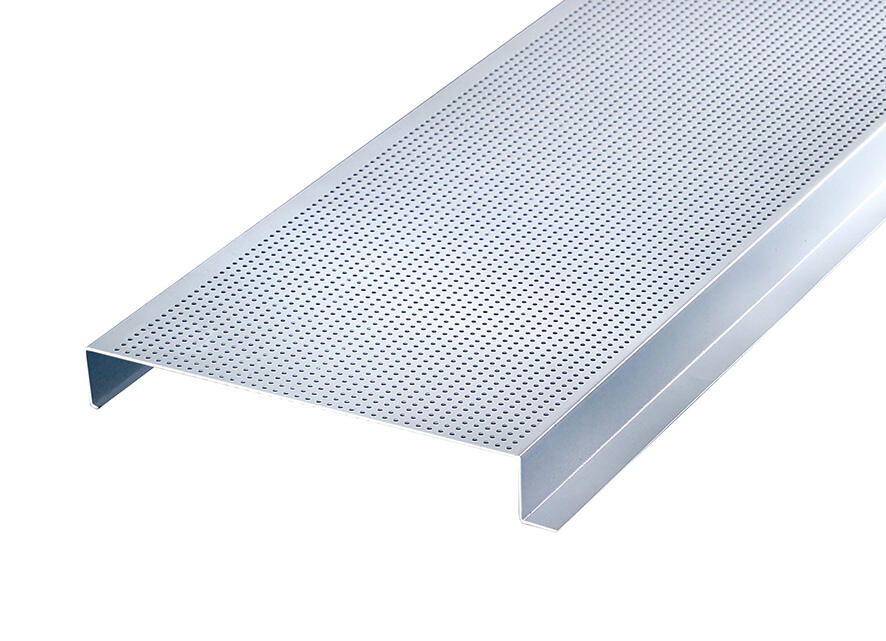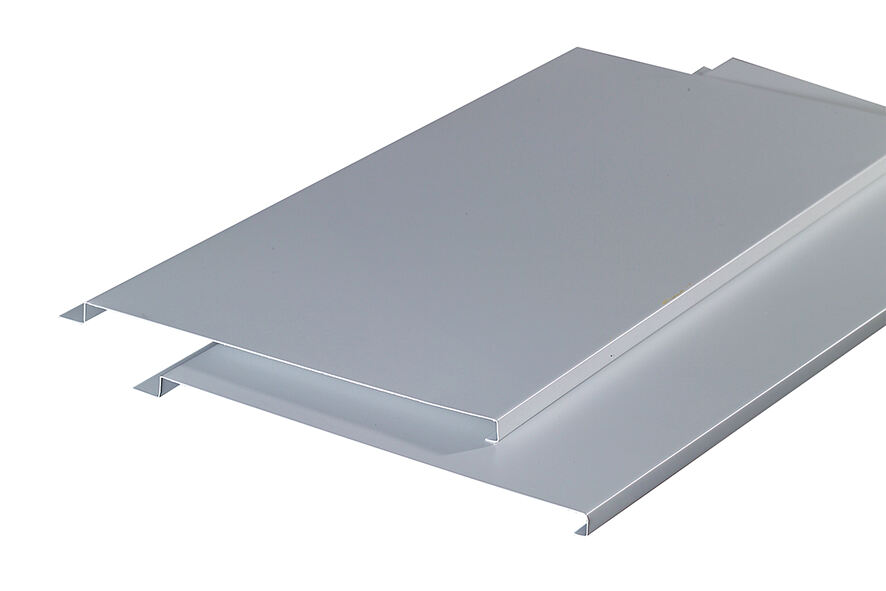linear metal false ceiling
Linear metal false ceiling systems represent a sophisticated architectural solution that combines aesthetics with functionality in modern interior design. These ceiling systems consist of parallel metal panels, typically manufactured from high-grade aluminum or steel, designed to create a sleek, contemporary appearance while offering practical benefits. The panels are available in various widths, lengths, and finishes, allowing for customizable designs that can complement any architectural style. The system's construction includes primary carriers and secondary clips that ensure secure installation and proper alignment of the panels. What sets linear metal false ceilings apart is their ability to integrate seamlessly with building services such as HVAC, lighting, and security systems. The panels can be easily removed for maintenance access while maintaining structural integrity. Advanced coating technologies provide enhanced durability and resistance to corrosion, making these systems suitable for both interior and exterior applications. The design flexibility allows for both open and closed joint configurations, enabling architects and designers to achieve different visual effects and acoustic requirements.


